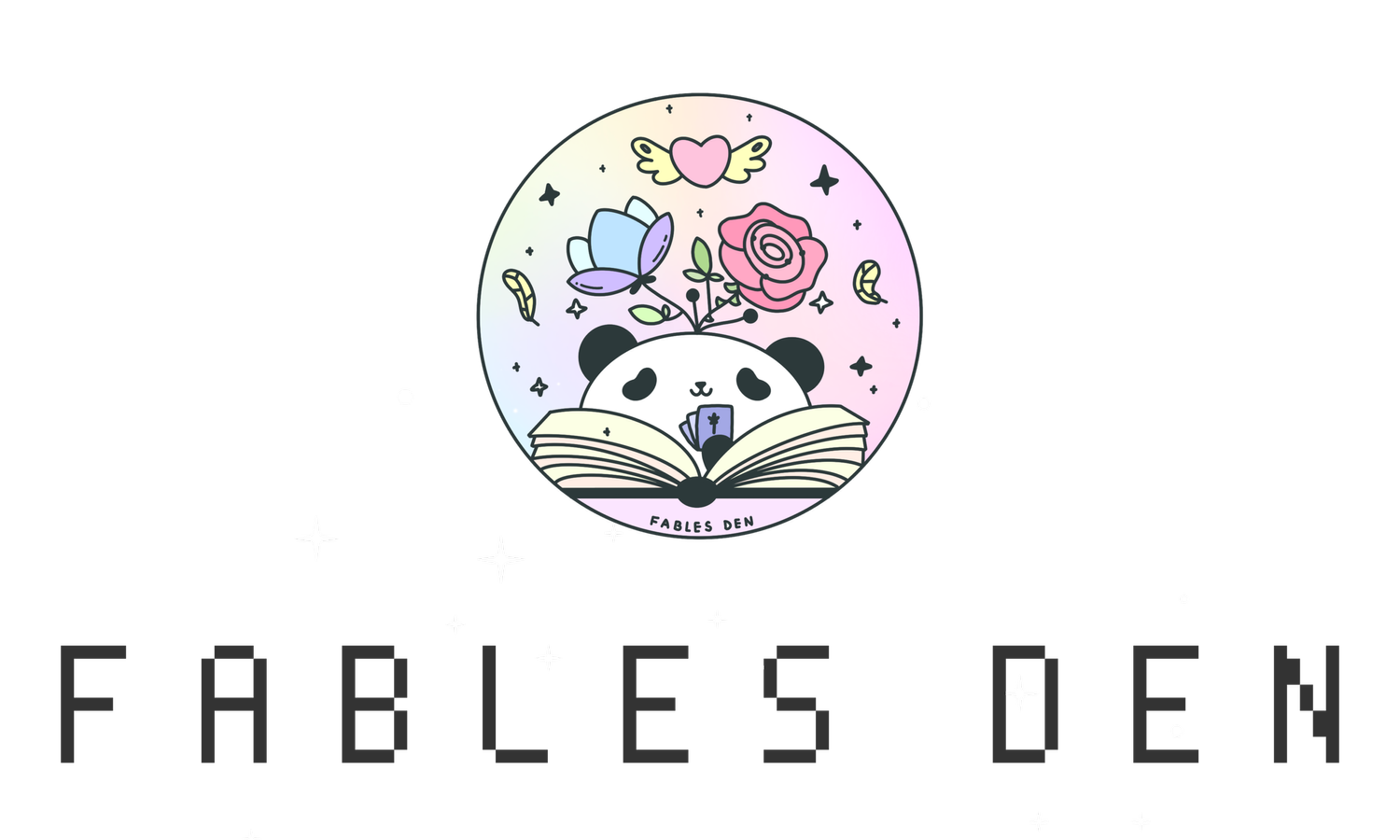Tarot Experiments: Writer's Block Readings
I’ve been exploring and experimenting on how much tarot is able to capture and reflect the writing process and offer possible solutions. And it’s not just writing–for people who are struggling with their creative flow or artistic work, tarot is also a great tool that can be utilized to invite inspiration and unlock any existing blocks.
So far, I’ve offered several detailed Writer’s Block reading using my own Writer’s Block Spread. Since the first one, it has now evolved into Version 2.1, with minor modifications that gear the reading towards more constructive and productive outcomes.
I’ve noticed that tarot cards do a fine job in reflecting the situation: what your expectations are as a writer or artist, what you are trying to create and construct, what conflict you are having and what is your emotional/psychological experience. For the most part this can be very insightful, because sometimes we put pressure on ourselves or our creative work without realizing it (e.g. perfectionist tendencies, self-consciousness, etc) that can create stress in our creative process and in turn block the inspirational “flow”. This is also something I am very good at–personally I love to self-reflect because for the longest time self-reflection has helped me dissolve the emotional tensions that I had.
Eventually, though, one needs to move forward and this is when advice cards and solution cards come in. After my first few reads for people who are struggling with their work (mostly short stories at the moment), I realized that, sure enough, I had various cards that address and identify the problems, but only 20% of the cards within the spread are designed to provide solutions.
This obviously has to change, but the thing is, sometimes it’s going to take a big reflective reading to really start to distill and isolate the problem areas. The Writer’s Block reading is meant to be a general reading on your “block”, and tarot itself as a divinatory tool is unable to tell you, right off the bat, that “you’re having troubles with character development”. Unless I include specific card positions to address this problem, I really won’t know what the cards will pick up. Most of the time the cards will show what the experience of your block is, but it doesn’t offer you insight towards the mechanisms of your story. It can be hard because creative fiction isn’t the only genre that writers engage in, unless I am told prior to the reading that the writer is working on a creative fiction piece–I can’t really limit the spread itself to only creative fiction.
What I need to work on is probably the spread’s adaptability. I will probably try to come up with a few more versions of this spread that adapts to the various genres of writing, but this also be problematic because I just don’t know how much I should include! What I can also do is a follow-up reading. This has worked out tremendously well, to my surprise. I’ve been trying to figure out how much tarot cards can pick up a person’s writing approach and intentions, and I have received nothing but validation so far. A follow-up reading can get much more specific and detail-oriented because it is structured upon the main, big reading. It is much better contextualized and much easier to funnel in because the overarching tendencies of a writer are already established. It’s amazing how well tarot and my intuition worked together: for example, I extracted the theme of fragmentation from Mystic Dreamer Tarot’s Six of Cups. This doesn’t seem to align with the symbolism of tarot but if you think about it: how we envision our story is closely tied to our personal and psychological experience. I have doubts occasionally but now I firmly believe that tarot can be used for writing and is in fact a great boon to any writer. (Go buy a deck already!)
Lastly, from the readings I’ve done–one of the common themes that show up is the relationship between the writer (or artist) and their respective work. It’s interesting how almost all of the readings indicate that the writer’s vision for the story is actually harming or suppressing the story’s growth. There is a discrepancy between where you want the story to go versus where the story is really going. These two topics are included in the tarot spread itself, places side by side since I felt that they are to be engaged together and read as a pair. The result is both stunning and revelatory when it comes to painting a picture of how you relate to your story. You don’t really know what roles the two of you play until you get a tarot reading done. So far, I’ve encountered a helicopter mother who demands fulfillment from their story-child, and a vigilant emperor who rules rigidly in his enclosed kingdom without flexibility. What they all have in common is that they all involve the need for control and the desire to achieve perfection, and that puts me in an interesting as a sudden observer of their relationship. It’s always easy to point out to others that “you should just let it go a little and be more exploratory”; this doesn’t seem like some profound insight from the all-powerful and mystical deck of tarot (smile). But then again, that’s what tarot does best–without a fail, it gives you the truth, no matter how complex or simple.



